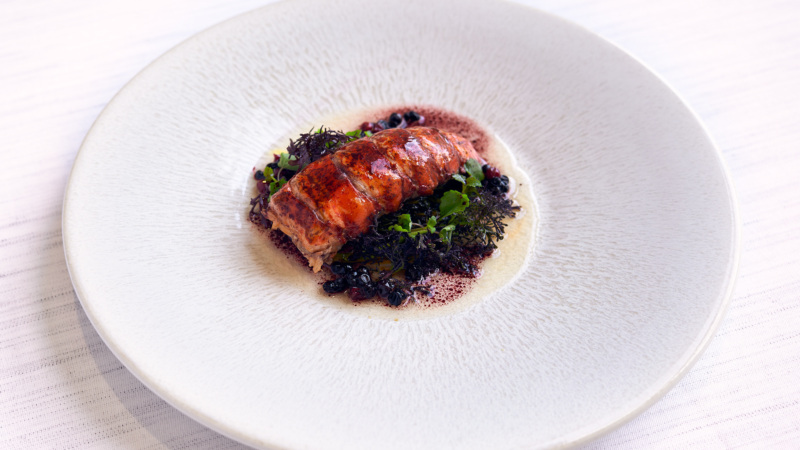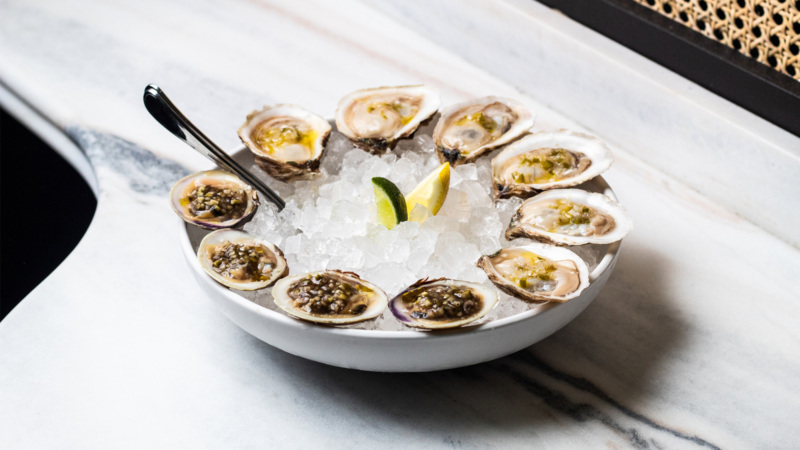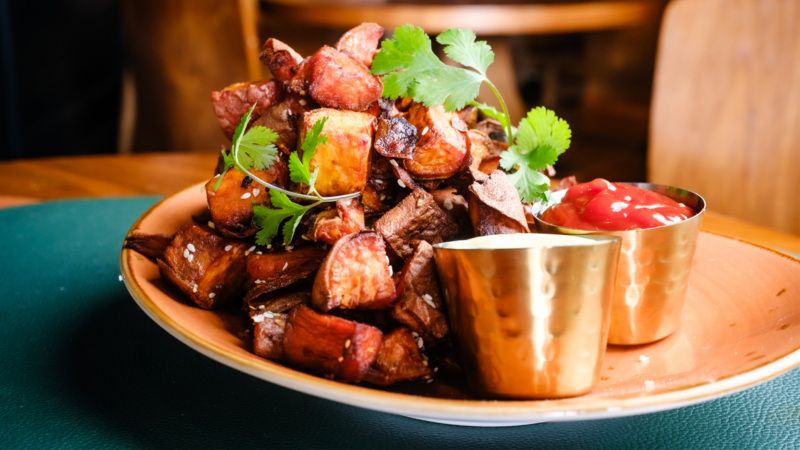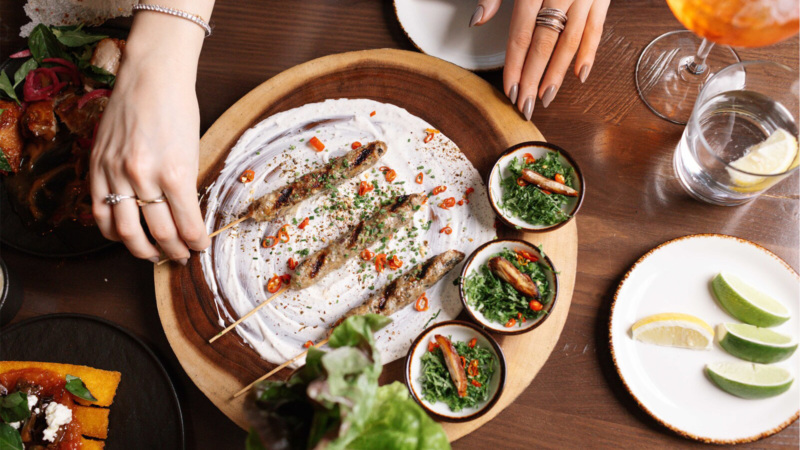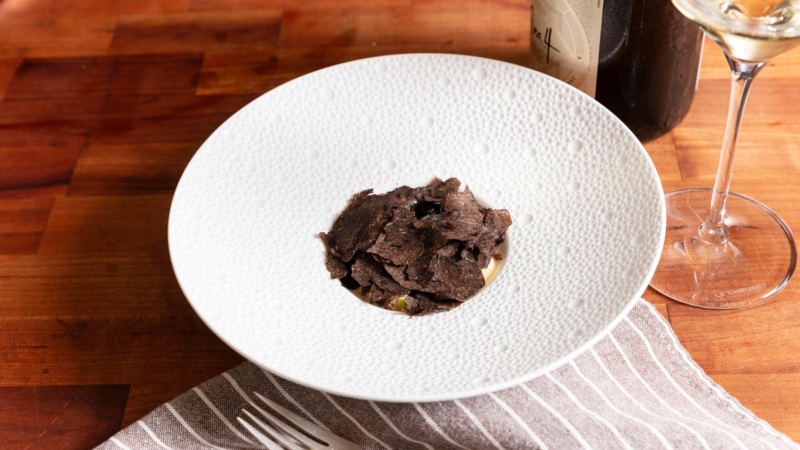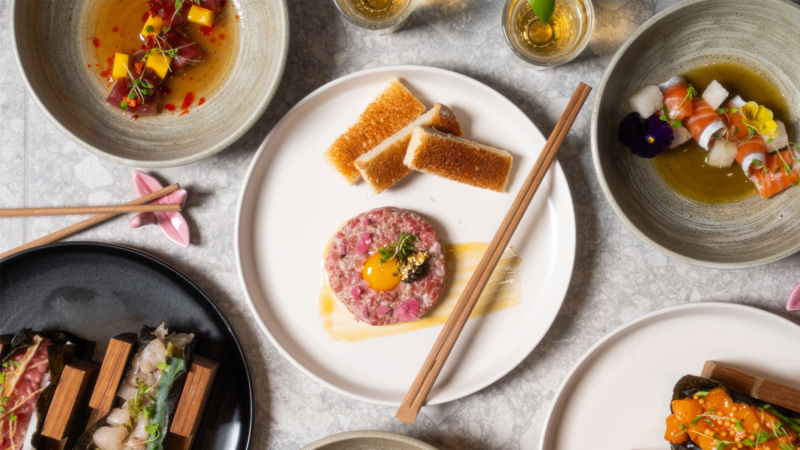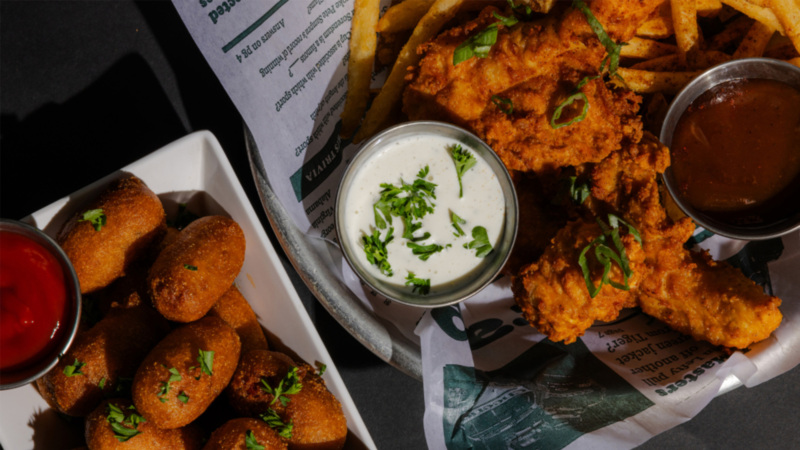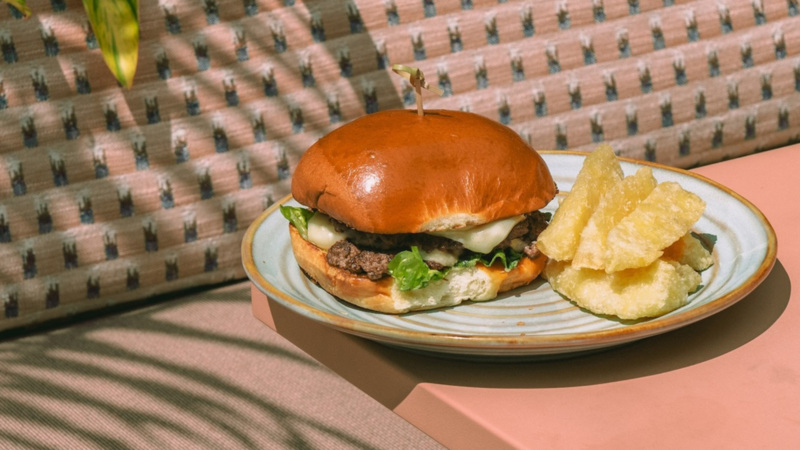
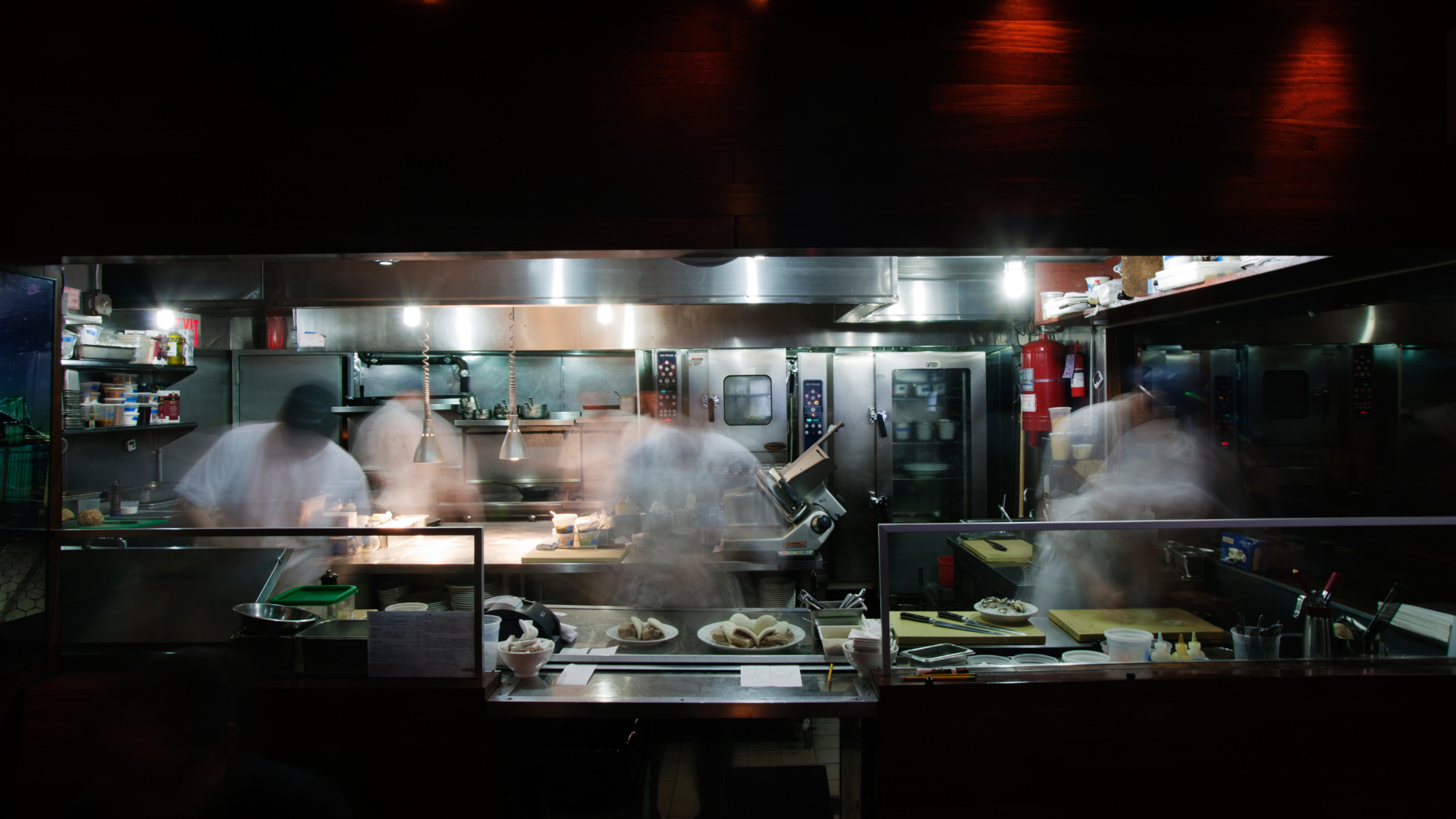
What Will the American Restaurant Industry Look Like After the Coronavirus Crisis?
A few days before New York City officially shut down dining rooms and bars, Tom Colicchio told The New York Times, “This is the end of the restaurant industry as we know it.”
Then, almost in an instant, thousands of restaurants across America closed and millions lost their jobs. According to the National Restaurant Association, the entire industry may lose anywhere from five to seven million employees and $225 billion in revenue over the next three months.
“This should be the end of the restaurant industry as we know it,” said John Adler, vice president of culinary at Blue Apron and previously the longtime chef at beloved Brooklyn pizzeria Franny’s. “This should be the end of the way restaurants are treated as sort of nice-to-haves instead of must-haves. We left restaurants in this precarious position where literally millions of people are out of work right now.”
It’s not entirely possible to predict exactly what the restaurant industry will look like after the coronavirus outbreak subsides, but one thing is clear: This crisis will have a lasting impact on how we eat and how we gather. These are just a few of the ways that industry leaders say the restaurant world might change.
Some of your favorite restaurants are never coming back.
This is why it’s now more important than ever to support your favorite restaurants.
“You can’t even count how many restaurants said they’re closing and are just never reopening, some of which have been there for decades,” said chef Marc Forgione, who owns Restaurant Marc Forgione and Peasant, and is a partner in Khe-Yo.
While larger restaurant chains and well-funded restaurant groups will likely be able to recover, many independent restaurants — which account for two-thirds of American restaurants — may not.
Pre-stimulus bill, some analysts grimly estimated that 75% of independent restaurants would not reopen after the pandemic, though others put that number lower. In a National Restaurant Association survey of more than 5,000 restaurant operators conducted from March 23 to 26, 3% said they had already permanently closed their doors because of the coronavirus shutdown and 11% anticipated permanently closing within the next 30 days. Another 44% had already temporarily closed their restaurants.
Georgia chef-owner Hugh Acheson estimated 50% of restaurants closed during this period may not reopen, not just because of the financial costs but also because of the “physical and emotional toll.”
Opening and running a restaurant before this was already tough. It’ll be even tougher after the coronavirus shutdown.
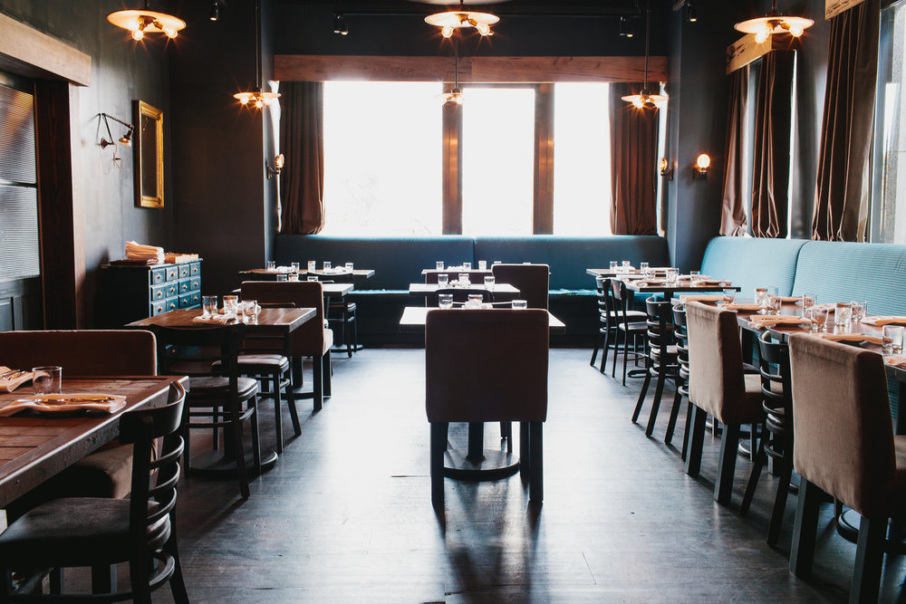
Before Adler left Franny’s to join Blue Apron, he contemplated opening his own restaurant, but the “outrageous” costs and red tape just made it seem like an impossibility.
Reopening a restaurant after the coronavirus pandemic will likely be even tougher.
Even restaurants that have remained open in a limited capacity will struggle to find the capital needed to reopen, despite help from the stimulus bill, said Acheson. Operators still need to pay rent, suppliers, and workers.
“You have to go back and put that money back into your business again to be in the same state as before, but we’ll never be in that same state again,” Acheson said. He said it would likely cost him at least $125,000 to reopen his two restaurants, Empire State South and Five & Ten.
With the payroll loan system in the CARES Act, Acheson said that a smaller restaurant bringing in about $2 million a year with $50,000 in monthly payroll costs could get a loan for $125,000 with a 4.5% APR with the first payment not due for six months.“That can get them back up and running, but I don’t know if they will forgive that loan — things could change.”
But as Devita Davison, executive director of FoodLab Detroit pointed out, “The CARES Act simply deputizes businesses to do the work of unemployment.” Loan forgiveness is contingent on restaurants hiring back the same number of employees as they had before, and payroll isn’t the only cost that operators have to consider if they want to reopen.
Those restaurants that do survive will come back to a different dining landscape.
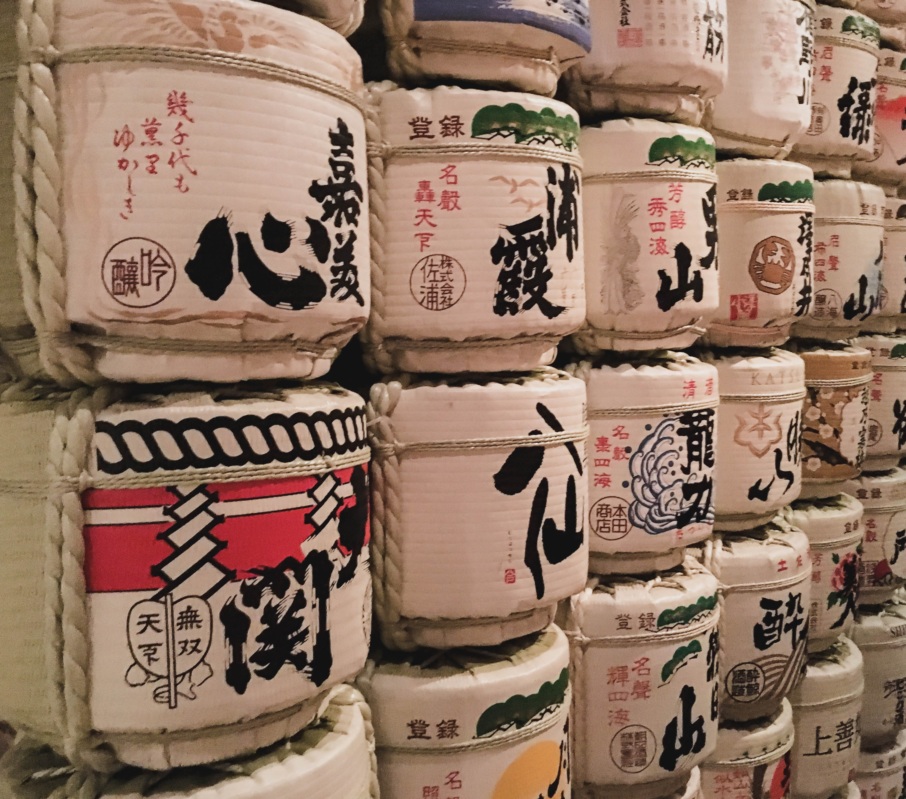
Restaurants that do manage to reopen likely won’t be as you remembered them, at least not to start.
To get an idea of what the immediate future may hold, consider the post-coronavirus restaurant environment in China: Business can be slow. Diners are reluctant to dine out or gather in groups. Some establishments are registering diners’ temperatures before they can enter. Restaurant workers and diners don masks.
So far, many reopened restaurants in Beijing are surviving mostly on takeout and delivery. But delivery and takeout aren’t sustainable for all restaurants.
“The industry was already moving toward takeout and delivery,” said Sakura Yagi, chief operating officer of the family-owned T.I.C. Japanese Restaurant Group, which owns and operates 16 different Japanese food establishments in New York City.” This has just really sped things up. It was like fast-forwarding into our future of what it would look like if we all only did takeout or delivery.”
Yet high commission prices from delivery platforms like Grubhub, Uber Eats, and DoorDash — in some cases up to 30% — make them a “necessary evil,” Yagi said. Because while they drive more sales in the name of convenience, they cut deeply into profits, especially when liquor sales aren’t included. And they don’t help servers.
Grubhub, Uber Eats, and DoorDash declined to comment for this article.
(See also: How retail liquor sales, and especially wine, are impacting restaurants during the coronavirus crisis.)
U.S. restaurants may also be reopening to a dining public with less money to spend than it did before the pandemic. Ellia Park co-owns two restaurants in New York: Atoboy, which offers a $46 three-course prix-fixe, and two-Michelin-starred Atomix, which offers a 10-course tasting menu that costs $205 a person.
“Especially in the sector of fine dining, I feel many people may restrain themselves due to economic concerns, or maybe even because it could feel frivolous during such a time,” Park said.
The road back is even longer for Chinese restaurants, and perhaps Asian cuisine as a whole.
“Chinatown was the first to feel it, to see the loss in business and clear avoidance, even before the stock market dropped and before people started staying home and hunkering down,” said Yuh-Line Niou, the New York State Assemblymember who represents the 65th district comprising Manhattan’s Chinatown neighborhood. Some restaurant owners in her district, she said, already saw a 50% loss of business in February.
Before New York City restaurants and bars were ordered to close on March 16, Niou was encouraging New Yorkers to order takeout and delivery from Chinatown restaurants that had been dealing with weeks of empty dining rooms.
Since then, stories of racist, xenophobic attacks on Asian Americans across the U.S. have risen in the weeks since coronavirus has spread. Last week, the FBI issued a report warning about an increase in hate crimes against Asian Americans specifically because of the coronavirus.
“There is a fear of being Asian during this time,” said Yagi. She said another reason why her restaurant group temporarily halted delivery was out of concern for the safety of her predominantly Asian American employees, especially after she’d heard of another Asian restaurant worker being assaulted.
If anything, Yagi and Atoboy’s Park both said they hope Asian Americans will be encouraged to support Asian restaurants both during and after this crisis. “We have to band together. We’re strong enough, we’re big enough. We can support each other,” Yagi said.
This could be an opportunity to change the restaurant industry significantly.
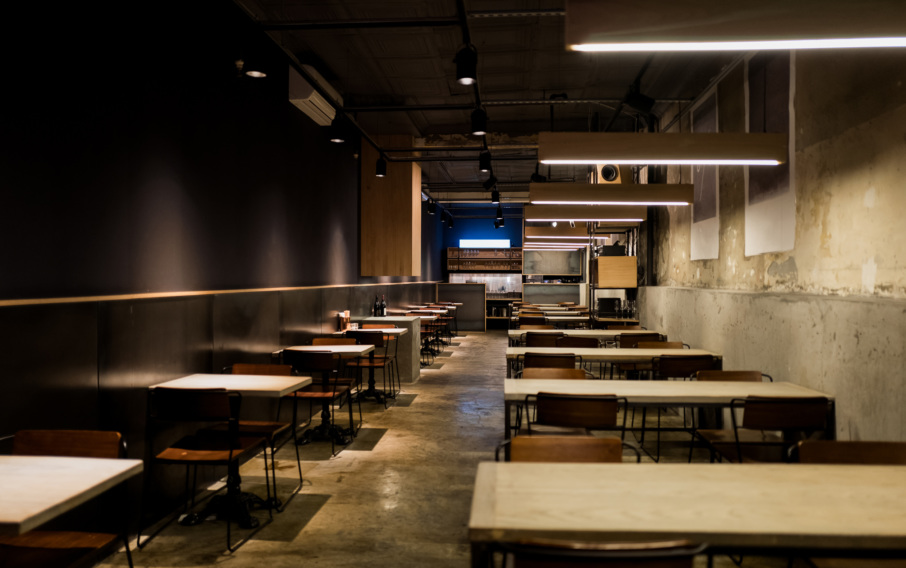
Most operators agree that COVID-19 has exposed myriad shortcomings in the restaurant industry, such as fair wages, increasing costs, and razor-thin margins.
“The parts of the system that are broken were all acknowledged before,” Park said, “but we didn’t expect it to cave in all at once due to this extraordinary circumstance.”
The traditional U.S. restaurant labor model dictates that most workers, from line cooks to dishwashers to hosts, are paid hourly, and that front-of-house employees, like servers and bartenders, also earn tips. For hourly workers, benefits like paid sick leave or healthcare aren’t always guaranteed. Over the decades, as costs have risen, the incumbent system has yielded increasingly smaller margins, meaning that restaurants were, like most of their employees, living paycheck to paycheck.
“A lot of the industry has been built on a faulty foundation, whether it’s the brigade system, or how we take care of our employees,” Momofuku’s David Chang recently said on his podcast. “We’re going to have an opportunity to start from scratch, and I don’t think people understand the tantalizing opportunity of what that means. We can do this in a way that is on our terms. Whether it’s how we pay people, or the foods we make.”
What might that new system look like, though? For some, that means rethinking the tip system, ensuring paid sick leaves for employees, or providing universal healthcare and a universal basic income.
For Dirt Candy chef-owner Amanda Cohen, such key changes would entail charging higher prices once restaurants reopen. “This shutdown has shown us that the only moral choice is for the industry to provide a better safety net for our workers,” she wrote in The New York Times. “But right now I can’t see that happening because I don’t think customers, many of them also feeling more financially precarious, would be willing to pay the cost.”
That’s a point also made by Alex Rajj, co-owner and chef of La Vara, Txikito, Saint Julivert Fisherie, and El Quinto Pino. She said it’s hard for diners to understand the struggle to set prices that keep diners happy, but also stay in business. Perhaps that means setting higher prices to better reflect the true cost of the food — and in turn, better supports the workers who make it possible. “This is a unique moment in time to remake things to look the way we want them to look.”
But chef-activist Tunde Wey said that raising menu prices or bailing out landlords, as Chang also suggested, isn’t enough to create a more sustainable restaurant industry. Those actions would be just a way to reclaim the status quo — “short-sighted pleas for relief” that don’t really solve the real problems.
What really matters, Wey said, is completely abandoning a system that, for so long, has exploited its workers, many of whom are minorities and undocumented immigrants. Instead, the government should provide universal healthcare, universal basic income, childcare, paid leave, and sick benefits.
“We shouldn’t be banding together as restaurant people to solve this crisis; the crisis is interconnected,” he said. “We should be banding together as people, as residents, as workers, to say (to the government) we need a livable system across the board.”
Joshua Lewin, chef-owner of Boston’s Juliet and Peregrine, agrees. “There should be subsidies to lift people out of poverty; it’s a benefit to the entire public and the government infrastructure should be able to fund it.”
And maybe, this will underscore the importance of modern restaurants as public spaces.
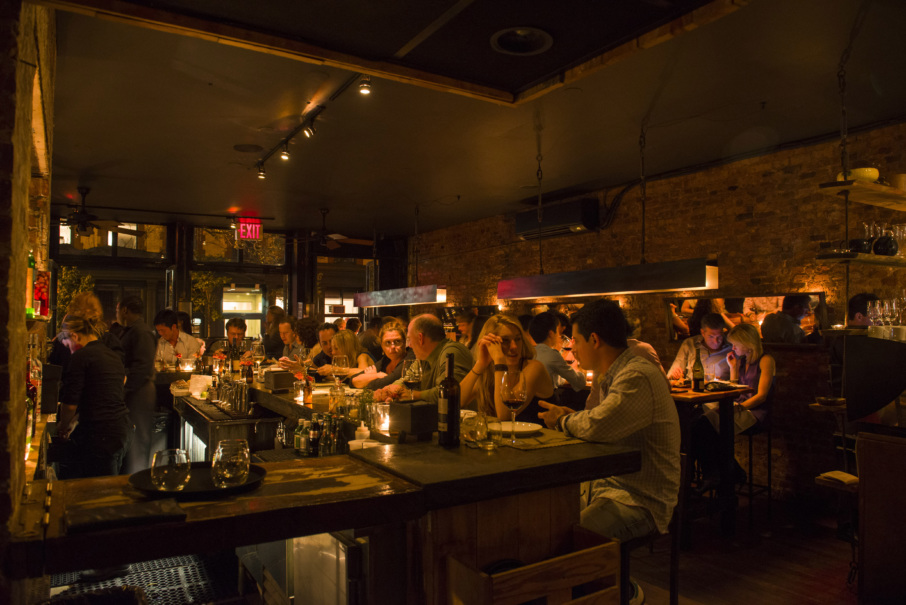
Since 2015 and before the current pandemic, Americans were spending more at restaurants than they were spending at grocery stores.
These numbers reflect a cultural shift: Restaurants are no longer solely the realm of special occasions. They have increasingly become our public places, our neighborhood anchors.
“I think the reason why COVID-19 is decimating our restaurant industry the most financially is because it highlights the necessity for us being physically together,” Yagi said. “It’s the industry which cannot be totally replaced by computers. In that sense, it is kind of hopeful that we will come back, some way.”
La Vara’s Rajj concurred: “Restaurants are one of the few places we’re allowed to gather; it’s restaurants, churches, schools. Our values will be amplified by this time. I think we’re going to need to be able to do that and we’re going to cherish it more than ever.”
Deanna Ting is a Resy staff writer. Follow her on Instagram and Twitter. Follow @Resy, too.
Discover More


